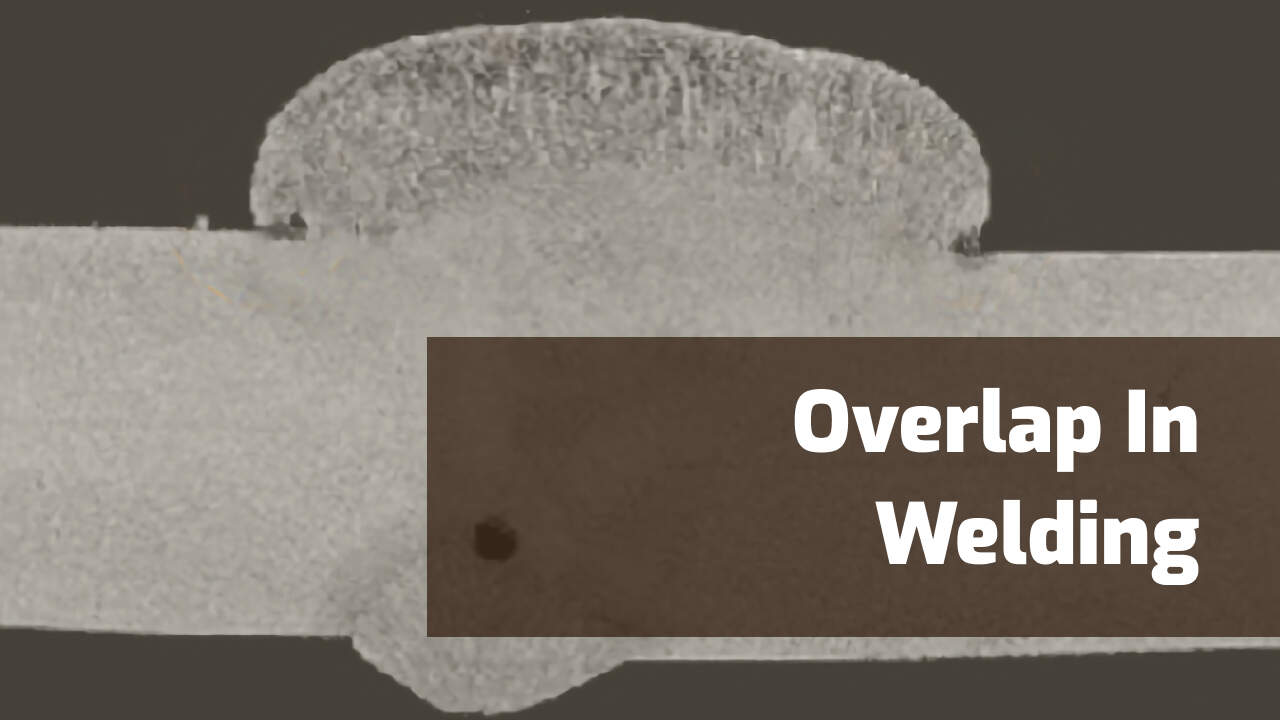A Comprehensive Guide to Identifying, Averting, and Fixing Undercut Welding Troubles in Your Welding Jobs
In the realm of welding, encountering undercut problems is a typical obstacle that can compromise the architectural integrity and total high quality of your welding tasks. Comprehending the origin triggers behind undercut welding, being able to properly detect it in your welds, and executing reliable preventative steps are vital abilities for any type of welder. In addition, having the expertise and techniques to remedy undercut issues when they do occur can make a significant distinction in the final result of your welding endeavors. Stay tuned as we explore the vital elements of identifying, stopping, and fixing undercut welding troubles, supplying you with important understandings and strategies to boost your welding skills to the next level.
Typical Reasons For Undercut Welding
Undercut welding, an usual problem in welding procedures, can be brought on by various variables that require to be carefully identified and addressed to ensure the stability of the weld joint. One of the primary sources of undercut welding is excessive heat input. When the welding specifications, such as voltage, present, or take a trip rate, are not properly established, a too much amount of heat can be created. This excess warmth leads to the melting and subsequent removal of the base material along the sides of the weld joint, producing a groove called undercut.
One more typical cause of undercut welding is inappropriate welding method. Poor adjustment of the welding torch or weapon, incorrect angle or range in between the work surface and the torch, or irregular travel speed can all add to the development of undercut. Furthermore, using the incorrect welding consumables or electrode dimension for a particular joint setup can result in undercut problems. Identifying these source and executing corrective steps is crucial in protecting against and rectifying undercut welding problems in welding projects.
Identifying Undercut in Welds

To recognize undercut precisely, correct lights and magnifying devices are important to examine the weld joint thoroughly. Using devices such as a welding gauge or a magnifying glass can assist in spotting even the smallest undercut imperfections. Furthermore, running a finger or a fingernail along the weld joint can occasionally expose undercut, as the surface area might really feel irregular or have a dip where the undercut exists.
Preventative Procedures for Undercut
Having a deep understanding of the causes of undercut in welds permits for the application of reliable precautionary actions to preserve weld top quality and stability. These setups ought to be maximized to avoid too much heat input, which can lead to damage development.

Techniques for Dealing With Undercut

Enhancing the welding current or reducing the traveling speed can aid fill up in the undercut. Furthermore, altering the welding technique from a push to a drag or vice versa can also help decrease undercut.
Another method is to use a weaving activity while welding to make sure correct sidewall fusion and fill in the undercut. By oscillating the welding arc back and forth within the weld joint, the welder can deposit a lot more filler product into the undercut locations, effectively eliminating the defect.
Additionally, grinding out the undercut and rewelding the joint can be a feasible service for more serious undercut issues - Preventing weld undercut. This procedure involves removing the undercut area, preparing the base steel, and after that rewelding the joint with appropriate welding specifications and techniques to protect against undercut from repeating

Professional Tips for Preventing Undercut
Utilizing correct welding techniques and keeping control over vital welding criteria are vital approaches for welders aiming to avoid undercut in their weld joints. One specialist pointer for staying clear of undercut is to make sure proper joint preparation. This entails cleaning the base metal thoroughly to remove any contaminants that could result in damage formation. Furthermore, selecting the appropriate welding procedure and filler metal for the specific application can help protect against undercut. Welders need to additionally pay very close attention to the welding current and voltage settings, guaranteeing they are within the advised variety to avoid getting too hot and prospective undercut. Maintaining a consistent traveling rate during the welding process is another essential tip to stop undercut. By relocating at a steady pace, welders can make sure proper combination and lower the probability of undercut development. Lastly, evaluating the weld grain after completion can help recognize any type of indicators of undercut at an early stage, allowing for immediate restorative activity to be taken.
Conclusion
In final thought, determining, protecting against, and repairing undercut welding troubles in your welding visit the site tasks is essential for making sure solid and sturdy welds. Preventing weld undercut. By understanding the common sources of undercut, being able to recognize it in welds, carrying out safety nets, and making use of proper methods for taking care of undercut, you can avoid possible concerns and create high-quality welds. Adhering to professional suggestions for avoiding undercut can aid you enhance your welding skills and produce much better cause your projects
Undercut welding, a common issue in welding procedures, can be created by various elements that require to be carefully determined and resolved to ensure the stability of the weld joint. Additionally, running a finger or a finger nail along the weld joint can sometimes reveal undercut, as here the surface might feel uneven or have a dip where the undercut exists.
Utilizing appropriate welding techniques and keeping control over key welding parameters are critical methods for welders aiming to prevent undercut in their weld joints.In verdict, determining, stopping, and dealing with undercut welding troubles in your welding projects is essential for ensuring strong and durable welds. By recognizing the typical causes of undercut, being able to determine it in welds, implementing precautionary procedures, and utilizing appropriate strategies for repairing undercut, you can prevent possible problems and create top quality welds.